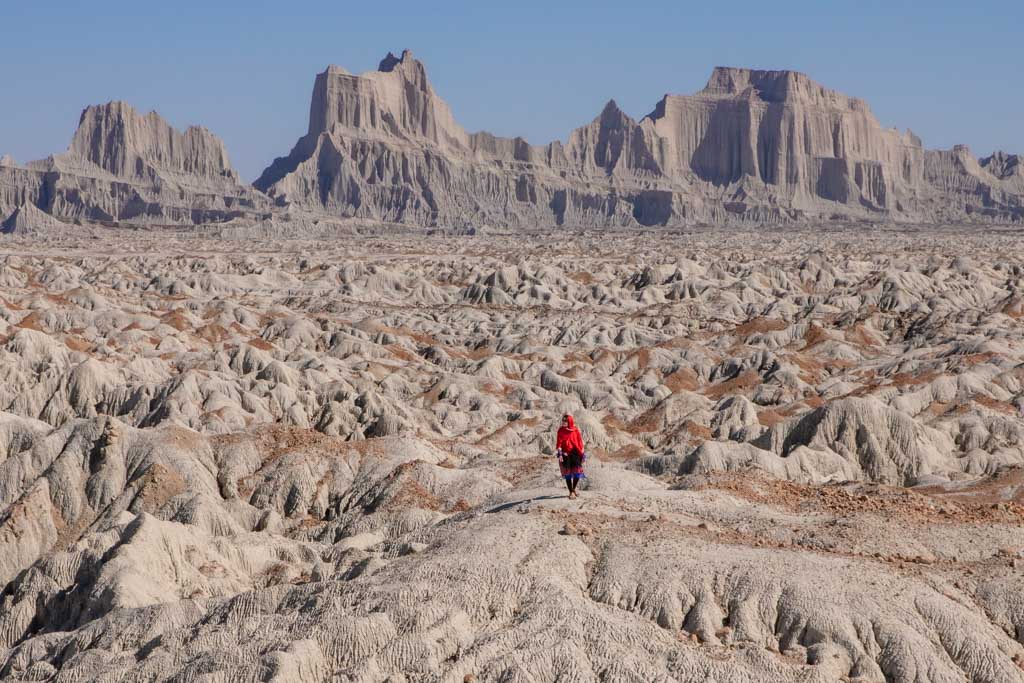
A Sistan & Balochistan Travel Guide: Iran Off the Beaten Path
Updated December 2023, A Sistan & Balochistan Travel Guide: Iran Off the Beaten Path was originally published in April 2022
On my most recent trip back to Iran, the top of my to-do list was to travel around the rarely-visited-by-foreigners and far-flung province of Sistan & Balochistan. What piqued my interest in the remote province that borders Pakistan and Afghanistan, you’re probably wondering?
Well, a friend I made in Iran back in 2019 was originally from Zabol in the Sistani part of the province, and after hearing her stories about her life back there before moving to Shiraz put it at the top of my list.
Sistan & Balochistan has gained a reputation as being dangerous due to the Sistan Insurgency, part of the greater Balochistan Conflict, as well as being an area traipsed by drug and gasoline smugglers. With all that said, I never felt in danger or unsafe as I traveled around the province.
The only part of the province I was vehemently warned not to travel to was Iranshahr, which I ultimately axed from my plan- not because of the danger warnings, but because I wasn’t going to have enough time to see all the sites around Iranshahr (there’s quite a lot).
There wasn’t much information about traveling in Sistan & Balochistan when I started doing some preliminary research before my trip.
Luckily though, Iranians are pretty enthusiastic about traveling in their own country, so there is somewhat of an established tourist trail, particularly along the Balochistan coast. You won’t find this province covered in guidebooks or much anywhere else, so leaning into local experts and information is the best way to plan your visit.
So before I go on for far too long, I’ll get to the point and share with you the best places to visit in Sistan & Balochistan, as well as practical information about traveling the province.
Places to go in Sistan & Balochistan

Darak

Where the desert meets the sea, Darak is a favorite destination for many Iranian tourists who travel to Sistan and Balochistan Province. A seemingly endless field of dunes, dotted with palm trees and meandering camels rolls off gently to a beach along the Oman Sea, not far from the small roadside town of Zarabad.
If you’re visiting Darak and staying in Darak Village, I’d recommend walking down to the beach in the evening for the chance to see the crashing waves light up blue in the dark of night due to the bioluminescence that is sometimes found here.
There aren’t any tourist facilities on Darak Beach or in the village as this is still a fairly far-flung destination for most travelers, so you’ll need to be self-reliant. There are a couple of small shops in the village selling mostly packaged snacks and bottled drinks.
Where to Stay in Darak
Officially there are no hotels or formal accommodations in Darak Village, but it is possible to rent a house for a night (or more) through locals. I’d recommend joining the Facebook group ‘See you in Iran‘ for help facilitating this. Otherwise, plan to book a trip out here from Chabahar with a local guide who will know who to contact to rent a house.
Darak is a somewhat camping spot popular with Iranian tourists, so you will see tents set up in the dunes along the beach.
How to get to Darak
There isn’t any formal public transportation to Darak and it is located quite a way off the main Bandar Abbas-Chabahar Highway. The easiest way of getting out here would be to set up a customized tour of the sites around Chabahar with a local guide or do like I did and road trip the Balochistan coast with friends. You could always try your thumb at hitchhiking to Darak from the main highway too.
Gelafshan Mud Volcano

Sistan and Balochistan Province is chockful of unusual phenomena, one of the strangest being the Gelafshan Mud Volcano near the seaside town of Bandar e Tang. This, of course, is in addition to many other gel afshan (gel afshan means mud volcano in Farsi) that are found dotted around Balochistan, though many of the other mud volcanoes around here are dormant.
So what makes the Gelafshan Mud Volcano near Bandar e Tang so special? Unlike most of its siblings found scattered across the province, it’s still active. Every few minutes or so you’ll see the soft mud atop the volcano gurgle and bubble.
There is an entry fee of about $1 USD to visit Gelafshan.
How to get to Gelafshan
Similar to Darak, Gelafshan and Bandar e Tang are located south of the main highway, so you’ll need your own transport to get there. Once to the small parking lot for Gelafshan, it’s just a short few minutes of walking to reach the top of the mud volcano.
Pozm e Tiab

Located only 10 kilometers as the crow flies west of Konorak is the small fishing port of Pozm e Tiab (when locals say the name it sounds like Poze-mow-tiob), but the main allure for travelers who swoop in here isn’t the fishing docks, it’s the rugged coastline.
From a parking lot just before the docks a trail cuts uphill along some cliffs and wraps around the coast, bringing you to a unique window-like feature in the rock that the ocean flows below, and eventually to a wild beach.
Pozm e Tiab is best visited just before sunset for the best colors and atmosphere. It is a popular spot for locals to gather for picnics and smoking ghaliyan (pronounced with a very soft ‘g’- galai-yoon, a water pipe more or less the same as a hookah).
How to get to Pozm e Tiab
From Konorak you can usually find a savari headed to Pozm e Tiab, or better yet hire a taxi (either from Konorak or Chabahar) to take you there, wait, and bring you back.
Konarak
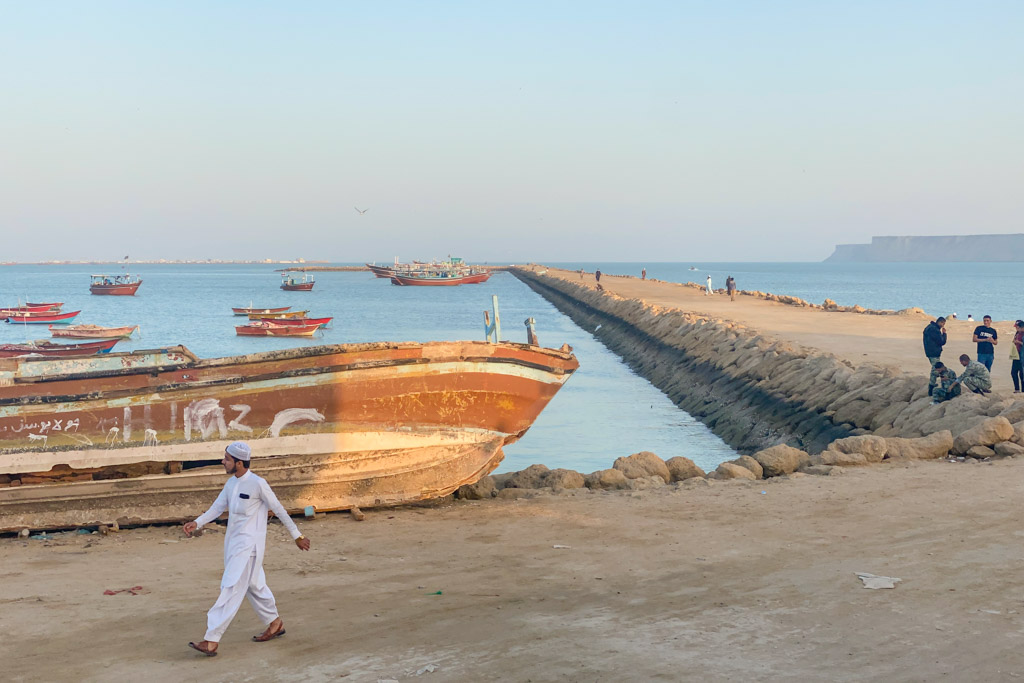
Konarak is a small port city sat on the western shore of the Gulf of Chabahar. There aren’t really any ‘must-sees’, but it is a nice city to stroll around both the bazaar area and the waterfront. Most of the restaurants in town whether you’re looking for something more formal or a fast-food shack sit along the waterfront and many have informal outdoor seating out back that looks out over the Konarak Wharf.
Since I was traveling with some Iranian friends, their main objective for visiting Konarak was to hit the second-hand bazaar that sells a wide variety of outdoor gear (mostly clothing), so if you’re looking for a waterproof or winter jacket, or some hiking pants, this is the place to go.
How to get to Konarak
Taxis, savaris, and small busses ply the route around the Gulf of Chabahar back and forth between the cities of Chabahar and Konarak frequently. The drive time should take about 45 minutes between the two.
Tis
Located just north of Chabahar City on the Gulf of Chabahar is the small town of Tis. The town has a history dating back nearly 2,500 years, which is not obvious on the surface as the location has been destroyed many times over the years. The main attractions of Tis are the Portuguese Tis Castle and the Triple Caves of Baan Mesiti Complex.
Built on a hilltop overlooking the sea the Tis Castle (also called the Portuguese Castle) was a defense fortress. Tis Castle dates back to the Safavid Dynasty.
The Baan Mesiti Caves (also called the Three Caves of Tis) sit just a little north of town and feature one natural cave and two human-constructed caves on either side. There are noticeable carvings on the walls inside the caves and one appears to have been a grave, likely to a local holy man.
Chabahar
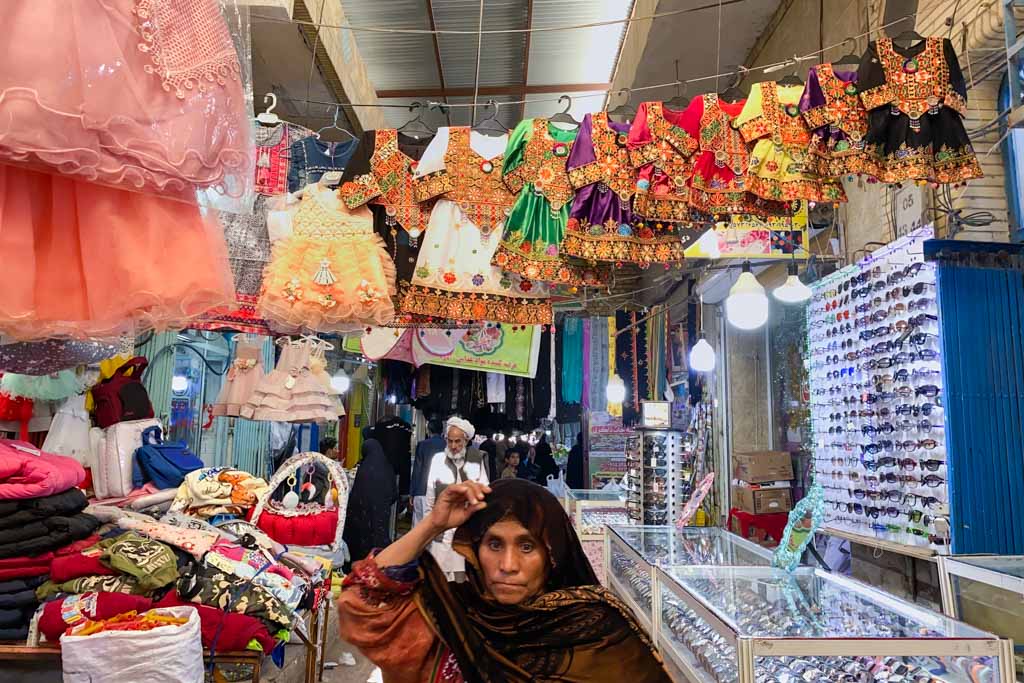
Chabahar is the big city as far as the coast of Sistan and Balochistan is concerned and is most well-known for being a free-trade industrial zone, which is hard to miss with the wide availability of items you’ll see for sale from India, Pakistan, CIS states, and so on.
Chabahar means four springs in Farsi, referring to its mostly pleasant year-round temperatures as it’s the coolest of Iran’s southern coastal cities in summer and the warmest of them in the winter- making it always feel like springtime. With this, Chabahar is a popular beach getaway for local tourists.
Things to do in Chabahar
Chabahar Bazaar
The Chabahar Bazaar’s history stretches back centuries and is the most lively and exciting place in the city. Whether you want to pick up beautiful Baloch textiles, get a greasy helping of pakora, stock up on spices, need some random household supplies, or sip a freshly made fruit juice, the Chabahar Bazaar has this and more.
Another thing to note is that the Chabahar Bazaar no longer feels like you’re in Iran anymore, it’s more reminiscent of the bazaars of southern Pakistan so expect to see more colors and spicier foods on display than you would in the rest of the country- so much so that even most Iranians joke that they are in Pakistan when a friend calls and asks ‘where are you?’.
A famous shop to visit in Chabahar Bazaar is Damani Spice to stock up on fragrant spices that make their way to Sistan and Balochistan from Pakistan and India.
Chabahar Free Zone Shopping Complex
On the northern side of the city, the Chabahar Free Zone Shopping Complex almost feels like a city within a city. You can find just about anything you may need here from textiles and clothing to tires, marsala chai, home appliances, and everything in between.
Sang i Lipar Waterfront Park
Just a short walk from the Free Zone Shopping Complex and past the Lipar Hotel is a scattering of waterfront cafes and restaurants that sit along Sang i Lipar Park.
Darya Bozorg Beach
East of the center of Chabahar is Darya Bozorg Beach, a popular sandy beach with locals. It’s a perfect place to relax for those looking to get away from the bustle of Chabahar.
Komb Beach
Just a bit further east of Darya Bozorg Beach sits Komb Beach which is flanked by steep cliffs, giving it a bit more of a dramatic feel.
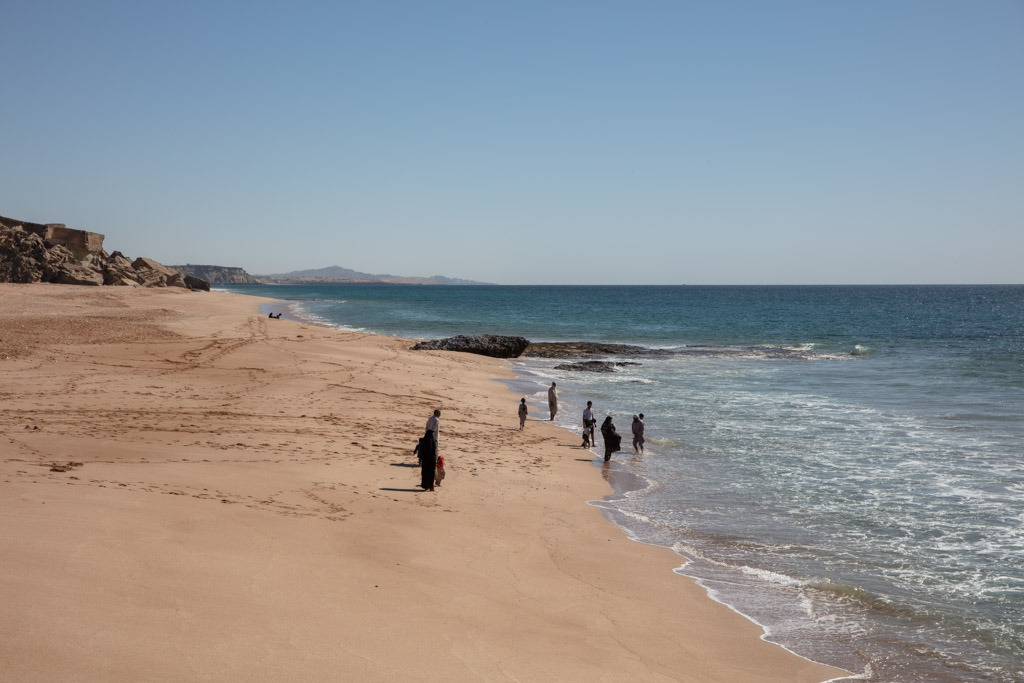

Where to Stay in Chabahar
Since I was road tripping with Iranians, my friend Mamad had made some calls and rented an apartment for our stay in Chabahar, however, there are several hotels in and around the city. Here are the three most well-known in town:
- Lipar Hotel: Just a short walk away from both the Chabahar Free Zone Shopping Complex and the Sang i Lipar Waterfront Park.
- Ferdows Hotel: Located within the Chabahar Free Zone Shopping Complex.
- Laleh Hotel: A short walk away from the Chabahar Bazaar in one direction and Makoran Beach. Makoran Beach also has a campground for those with tents.
How to get to Chabahar
The best ways to get into and out of Chabahar is either by bus or by plane. Chabahar is served by both a bus terminal and an airport.
Chabahar Bus Terminal
The Chabahar Bus Terminal is located about 6 kilometers east of the city center. Long-distance buses ply the routes to most of the larger cities in Sistan and Balochistan such as Iranshahr and Zahedan. Note that despite both being on the Iran coast that there is not a direct bus between Chabahar and Bandar Abbas- going between the two requires changing buses in Iranshahr.
Purchasing tickets a day in advance would be wise.
Chabahar-Konarak International Airport
Just north of the city of Konarak is the Chabahar-Konarak Airport which has flights to several cities in Iran as well as Muscat and Dubai. Do note that some departures to certain cities are only once per week, so plan your trip accordingly.
Lipar Lagoon
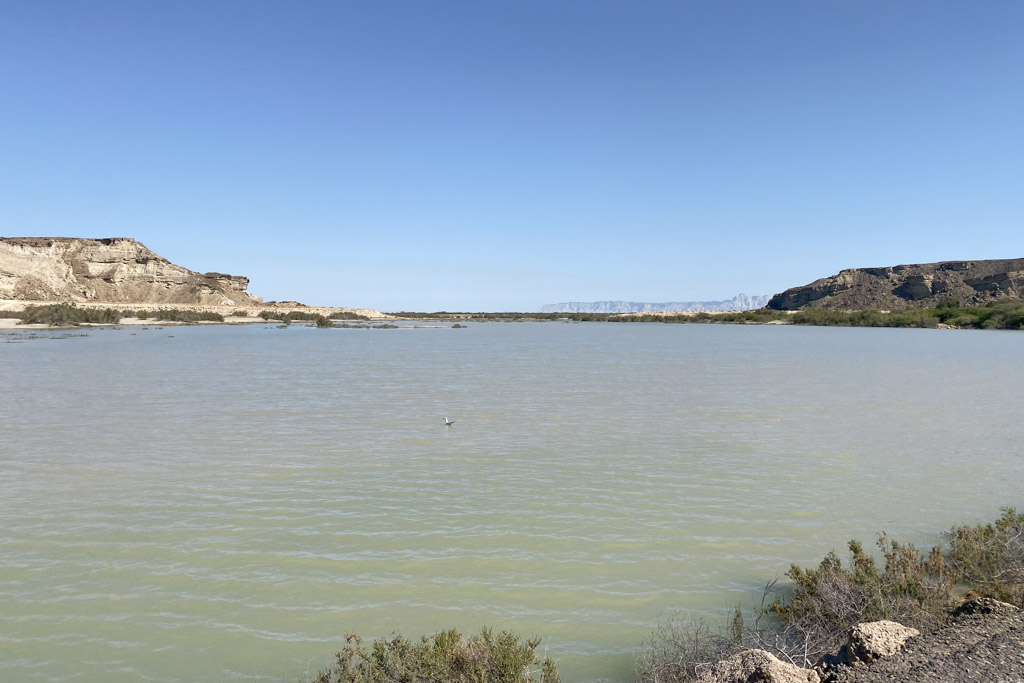
About 15 kilometers east of Chabahar sits a gorgeous pink lagoon that has made the Chabahar area quite famous as a tourism destination. A special plankton and evaporation are the factors at play that help to give the Lipar Pond its unique color, a similar process found at the pink Maharloo Lake near Shiraz.
One thing to note though, the Lipar Lagoon isn’t always pink like you see in many photos. Its pinkness is directly linked to the water levels and density of plankton in the water. So if you visit in the winter or when there have been heavy rains more recently it will be bluer in color (this was the case on my visit in January 2022).
The Lipar Lagoon sits right off the main Chabahar-Gwadar Bay Highwayso it’s impossible to miss. A small bazaar can be found on the Lipar shore too selling local Baloch handicrafts made by local women including scarves, bracelets, henna tattoos, necklaces, and more.
Continuing about 3-4 km east from Lipar Pink Lake, there’s also the popular Anjir Maa’bed Tree to stop off at to check out. It is an ancient sacred fig tree.
How to get to Lipar Lagoon
Visiting Lipar Lagoon is easiest done by either hiring a local guide out of Chabahar to take you to the main sites along the coast, or to hire a taxi for the day.
Martian Mountains (Koh e Merrikhi)
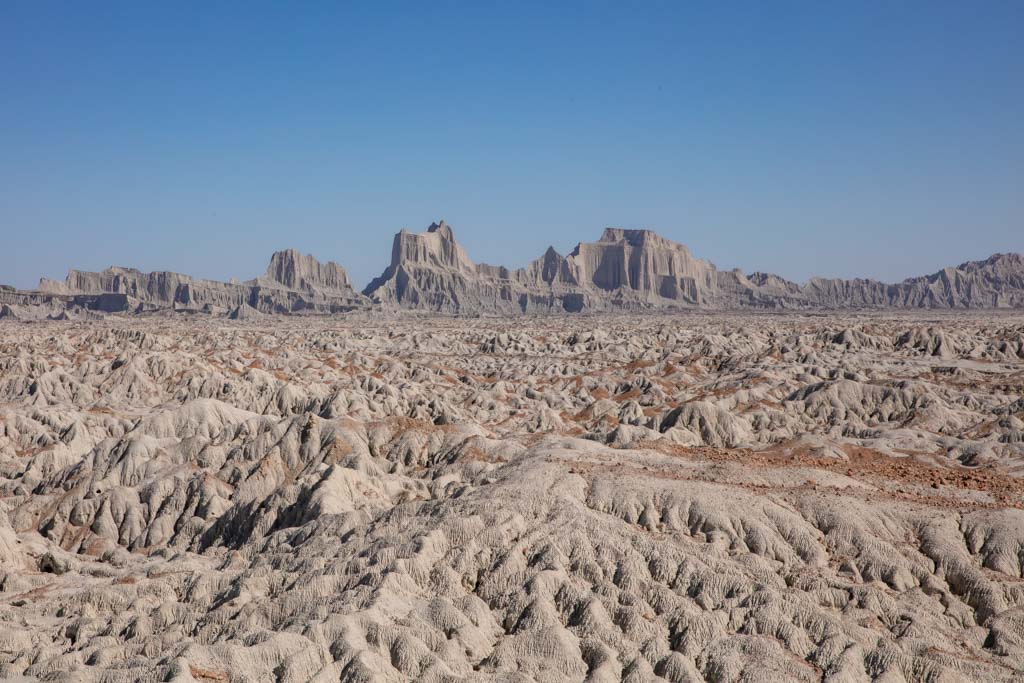
The Martian Mountains, known locally as Koh e Merrikhi are an impossible sight to miss as you travel between Chabahar and Beris Port. These unusual jagged mountains that seem to rise impossibly off the desert floor are a true highlight of the Sistan and Balochistan Province.
The Martian Mountains get their unearthly looks due to thousands of years of wind and rain erosion.
There is a popular viewpoint area with a couple of cafes, a shop selling random trinkets and handicrafts, and usually, some local musicians playing the ‘Baloch banjo’. There is a much better viewpoint (for photos at least), however, another 16 kilometers to the east (not a formal viewpoint but merely a great view off the side of the highway).
How to get to the Martian Mountains
Same as mentioned with Lipar Lagoon, the easiest way of visiting the Martian Mountains is by hiring a local guide or taxi to bring you here. It is possible to follow off-road trails off the highway to get up close with the spiny mountains.
Beris
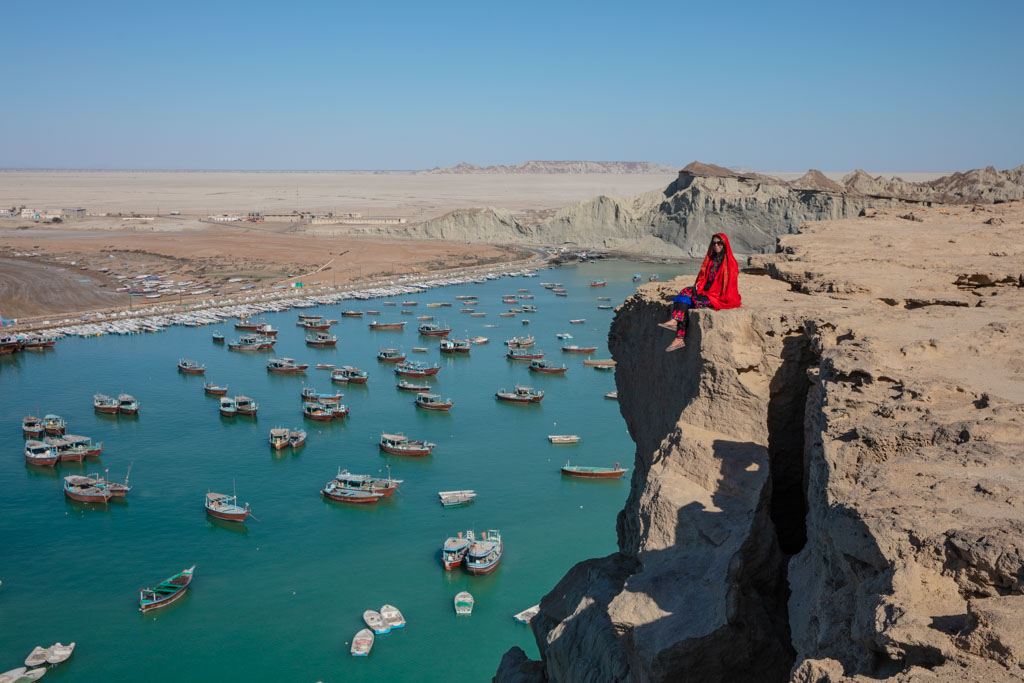
Beris is an important fishing port for Sistan and Balochistan with hundreds of ships anchored up here. For the best views of the port, you’ll want to head to the high cliffs, just outside the village, forming the natural wall on one side of the port. From up here, you’ll also have stunning views of the Martian Mountains in the distance to the west.
How to get to Beris
You may find the odd savari headed to Beris from Chabahar, but the best way to visit Beris would be to hire a car to bring you here in addition to Lipar and the Martian Mountains if you don’t have your own transport.
Gwadar Village
If you’ve made it to Gwadar Village (spelled Guvatr on many maps) then you’ve essentially made it to the end of the road. There isn’t really anything to see in the village per se, but it is a good place to spend the night, especially for those that are going to take a little time to explore Gwadar Bay and the Herra Mangroves.
Where to Stay in Gwadar Village
- Azh Eco-Tourism Lodge is the place to stay in Gwadar. The host family is wonderful and they have nice rooms, warm showers, and even fire pits to hang out around in the evenings.
How to get to Gwadar
You’ll need your own transport or to hire a car to bring out this far. Of course, it’s possible to hitchhike too, but it may take a while to find a car coming all the way out here.
Gwadar Bay & Harra Sea Forest
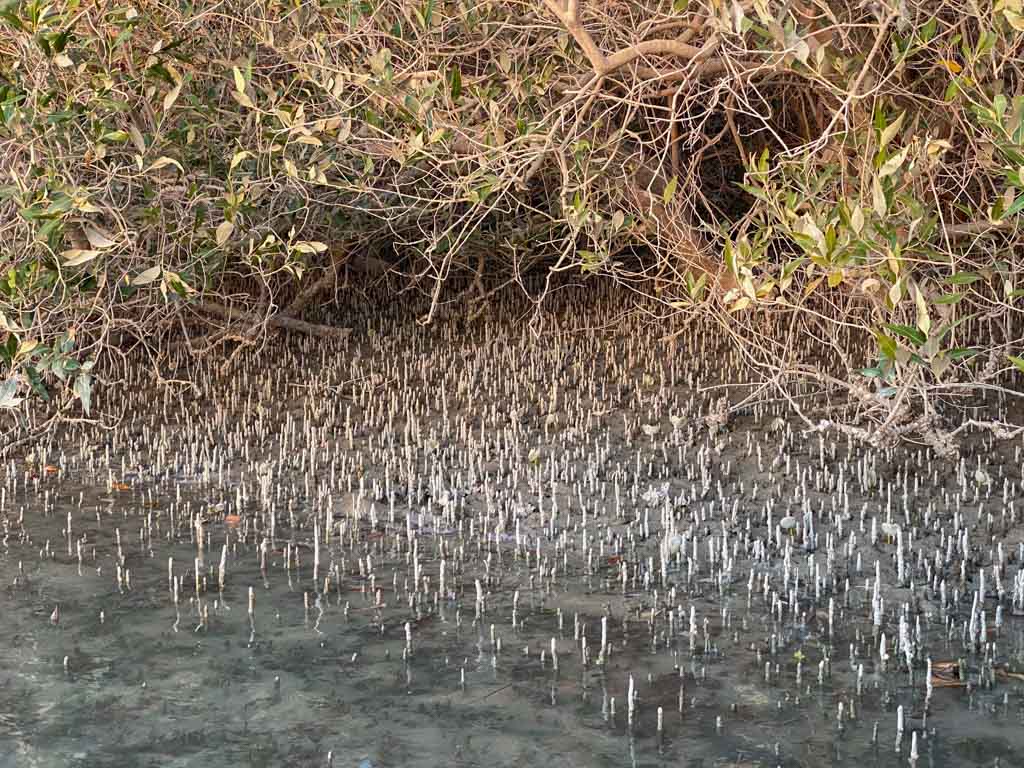
It’s possible to hire a boat from the port at the end of the road to take you out onto Gwadar Bay in hopes of seeing jumping dolphins out here near Iran’s border with Pakistan. Another key feature is the Harra Sea Forest, a mangrove (harra is the Farsi word for mangrove) that fringes around the lagoon that juts inland from the bay.
Bahookalat
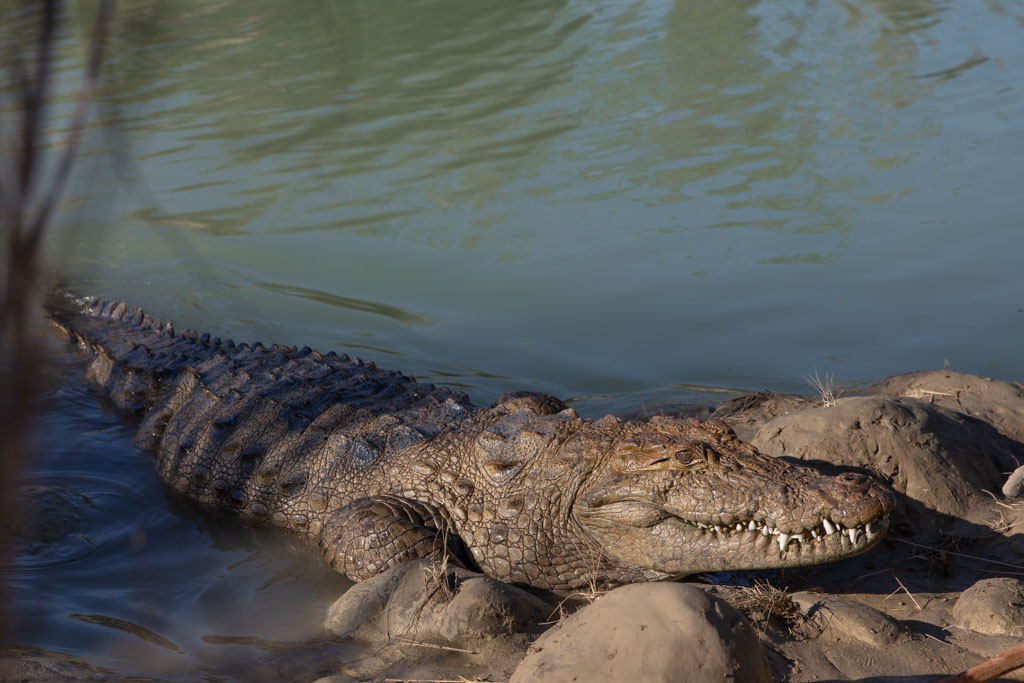
Bahookalat is a fascinating area located roughly 100 kilometers northeast of Chabahar, home to the rare gandou, a small crocodile also known as the mugger crocodile. In the village of Bahookalat lives a man named Malik Dinar Sharajay who noticed the gandou were dying en masse in the late 90s as waters in the river flowing through here started to dry up due to drought. He made it his life mission to save the gandou by caring for them and feeding them when their natural food supplies had diminished.
After Malik’s son had posted some photos of his father caring for the gandou online, local Iranian tourists began to come in search of him to see the nearly extinct gandou. As it began to turn into an attraction Malik decided to start a guesthouse out of his home, giving tourists from near and far a place to stay who made likely long journeys to see the gandou.
For those wanting to arrange a visit and/or stay at the guesthouse, it’s best to call ahead to Malik at +989159905475. As we had a birthday in our group, Malik was able to arrange for a delicious dinner of locally caught fish and khoresht (Persian stew-like dish), and local Baloch musicians to play traditional music.
Iranshahr
Iranshahr is a smaller city sat inland from the coast in Sistan and Balochistan Province and offers several historic sites in and around the city to check out, warranting a day or so to take them all in. But full disclosure: I didn’t visit Iranshahr (at least not yet anyway).
I had been warned by several Iranian travelers and even locals of Balochistan to not go (at least not without a local friend or guide in Iranshahr) due to high crime levels, a history of tourists (Iranian and foreign) robberies by bandits around Iranshahr. As my friends were only road tripping the Makran Coast, I was going to leave them back at Chabahar to travel solo north through Sistan and Balochistan Province.
Although I wasn’t as concerned with the potential dangers of traveling to and in Iranshahr (I mean, I have navigated myself through Afghanistan, Yemen, Iraq, and other places I would consider infinitely dicier), I ultimately axed Iranshahr due to time constraints as I needed to get back to Shiraz in a few short days and blew so much of my time on the Baloch coast (yes, the coast was that good) but eventually, I’ll be back in Iran to see nearby Bam in Kerman Province and will be adding Iranshahr to that adventure.
Things to do in Iranshahr
Naseri Castle
Naseri Castle (also called Iranshahr Castle) sits right in the middle of the city, having served originally as a military fortification built under the orders of Naser al-Din Shah Qajar.
Bampour Castle
Bampour Castle is located about 25 kilometers east of Iranshahr and was a pre-Islamic Sassanid era citadel set high on a 30 meter high hill. The castle is in ruins, but from the pictures still looks like an interesting historic site to see.
How to get to Iranshahr
You can reach Iranshahr with relative ease at it is connected to many other cities around Iran by bus and additionally by plane.
By Bus
Iranshahr is connected to several somewhat nearby cities around Iran including Bandar Abbas, Kerman, Zahedan, Saravan, Bam, and Khash.
By Plane
Iranshahr does have an airport with flights to Zahedan, Zabol, Chabahar, Kerman, and Tehran.
Saravan
On the main highway headed toward the Kuhak Border Crossing with Pakistan is the small city of Saravan. The main draw is the nearby Seb Castle and the ancient rock art of Saravan.
A lot like Iranshahr, I had to put my plans to visit Saravan and its surrounding areas on hold, but below you’ll find a little info about Saravan and Seb’s biggest attractions.
Things to do in and around Saravan
Saravan Rock Art
Rock carvings and paintings can be found along the Saravan and Negaran Valleys depicting humans, animals, and more, some of which date back over 4,000 years.
Seb Souran Castle
Seb Castle is Sistan and Balochistan’s most intact castle, dating back to the Safavid era. It’s located in the village of Seb, just south of Saravan. You can hire a taxi from Saravan to take you to the castle, wait, and bring you back.
How to get to Saravan
Getting to Saravan is easiest done by bus from Iranshahr.
Mount Taftan
Mount Taftan is a stratovolcano located near the city of Khash and has a staggering elevation of nearly 4,000 meters. For those looking for an adventure, it is possible to summit Mount Taftan in a day.
Note that it can be quite windy and cold as you climb up Taftan, so warm weather gear is recommended. There is the Sobh Shelter on the mountain as well, once to the shelter you are only three hours from the summit.
How to get to Mount Taftan
To reach the start of the trek up Mount Taftan, you must first go to the nearby city of Khash (you can get busses from Zahedan and Iranshahr). From Khash, hire a taxi to take you to the village of Dar e Koh that sits near the base of Mount Taftan and serves as the trailhead.
Zahedan
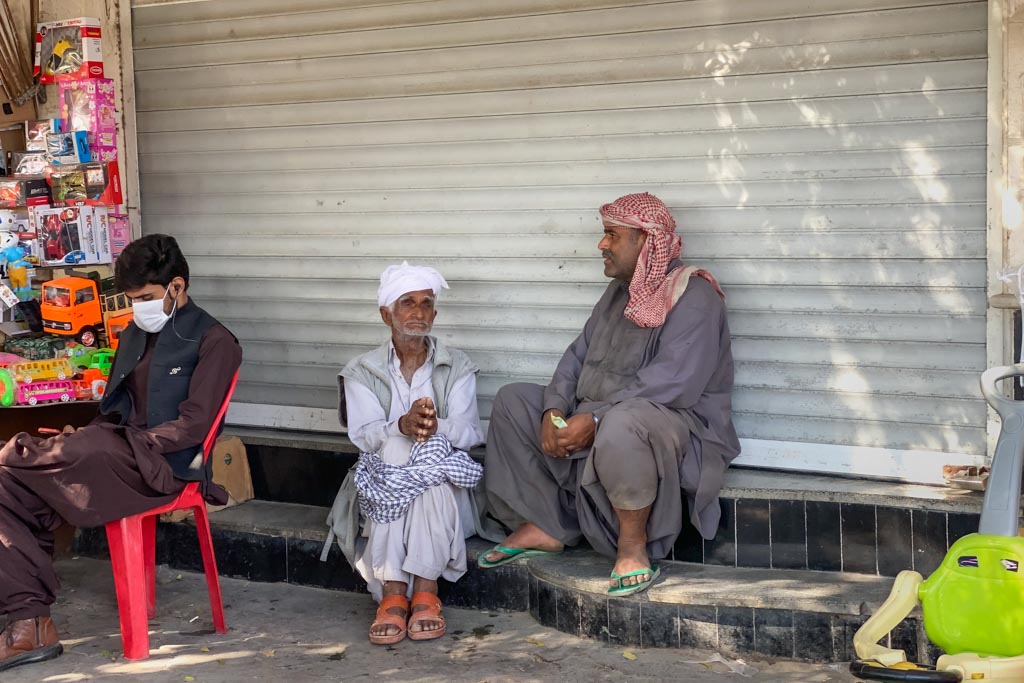
To be honest, there’s not much to do and see in Zahedan as far as tourists are concerned and you’ll likely just pass through the city to get elsewhere in Sistan and Balochistan Province. The main things I would recommend seeing if you do spend any time in Zahedan are the Rasouli Bazaar, the Great Museum of Zahedan, and the Zahedan Post Museum.
Things to do in Zahedan
Rasouli Bazaar
The Rasouli Bazaar is the best place to go if you’re looking to purchase a Baloch carpet or other Baloch handicrafts for the best prices (if you’re going to bring a carpet home, my vote is always Baloch as I think they are the most interesting ones of them all).
Great Museum of Zahedan
The Great Museum of Zahedan packs a lot into its four walls and five stories and is a great stop to make before you head to the historic sites of Shahr e Sukthe, Qal’eh Now, and Darmane Gholaman that are all located a bit north of Zahedan closer to Zabol, to give these sites a bit more context. The Great Museum of Zahedan features countless archaeological, anthropological, and environmental artifacts from around Sistan and Balochistan. There is an entrance fee of about $3 USD.
Zahedan Post Museum
The Zahedan Post Museum features postal, telegraph, and telecommunications exhibits from and around Zahedan. The building the museum is currently housed inserved as Zahedan’s post office.
Where to Stay in Zahedan
- Gilan Guesthouse: No frills simple guesthouse just a couple minutes’ walk from the Post Museum. Expect to pay around $6 USD per night. Tel: +985433224737.
- Eslami Inn: Another simple guesthouse located on the northwest side of Zahedan. Prices are around $6 USD per night. Tel: +985433512932.
- Moalem Guesthouse: Yet another basic guesthouse, located near Moalem Park and the Great Mosque of Zahedan. Expect $5-6 USD per night. Tel: +985433419877.
How to get to Zahedan
Getting to Zahedan is pretty easy as it is connected to many other Iranian cities by bus and plane.
By Bus:
Zahedan is connected by bus with Zabol, Chabahar, Iranshahr, Kerman, Shiraz, Tehran, and other cities around Iran. In the same lot as the bus terminal, you can also find savaris and taxis plying routes to nearby places like Zabol and Shahr e Sukthe.
By plane:
There are flights from the Zahedan Airport to Chabahar, Iranshahr, Tehran, Mashhad, Shiraz, etc. You will need to look at timetables though as some of these flights only go but once per week, so you’ll need to plan ahead for this.
Going to the Pakistan Border Crossing at Taftan
If you stay at a hotel in Zahedan they will call and report you to the local police (don’t worry this is the protocol as Sistan and Balochistan is considered a sensitive region of Iran). This means that you will be given a police escort to the border with Pakistan- you can read full reports about this by both Alex of Lost With Purpose and on Caravanistan.
If you forgo the stay in Zahedan and beeline to the Taftan Border Crossing from Bam or Kerman you can eek by on public transport, though if the police at one of the many checkpoints you’ll cross through do manage to find out you’re a foreigner, you may get the police escort too.
Once you are across the border into Pakistan you’ll be met by levies which are another escort that will take you to Quetta. Note that you need a NOC (non-objection certificate) to get out of Quetta and to travel through Pakistani Balochistan. The Zahedan-Quetta crossing will take 2-3 days to complete.
Shahr e Sukhthe
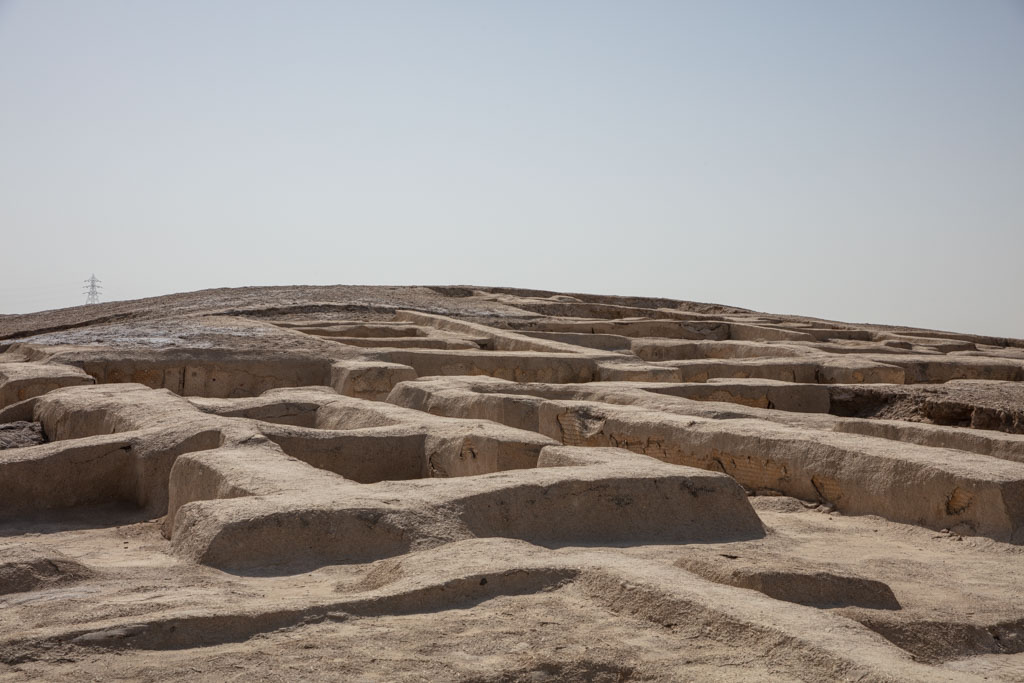
Sat closer to Zabol than Zahedan, but located right off the main highway between the two cities is the remains of the impressive ancient city of Shahr e Sukhte, whose name roughly translates out to burnt city from Farsi. Shahr e Sukthe does have UNESCO World Heritage Site status.
Shahr e Sukthe dates back to the Bronze Age and is over 5,000 years old. The people who would have inhabited Shahr e Sukhte were creating the first pottery pieced inside of Iran, with archaeologists believing that there are still more pieces unexcavated here.
Probably the most fascinating artifact found at Shahr e Sukthe is the world’s first prosthetic eyeball that was found in a woman’s eye socket. Other interesting pieces include the oldest board game and the first drawing animation that was painted on a piece of pottery.
Entry to Shahr e Sukhte is about $2 USD per person.
Just across the highway from the site of Shahr e Sukthe is the Shahr e Sukthe Museum which is well worth a visit to learn more about the ancient city and see some of the many excavations dug up here.
Entry to the Shahr e Sukthe Museum is about $2 USD.
How to get to Shahr e Sukthe
Getting to Shahr e Sukthe is best done by hiring a taxi from either Zahedan or Zabol. You can easily make this a one-way trip as you transit between the two cities or a return to the city you came from.
You can expect to pay around $11 USD to hire a taxi to visit Shahr e Sukthe from either city or as the above mentioned one-way trip. You can find Zabol and Shahr e Sukthe bound taxis on the south side of the Zahedan bus station and ones heading to Shahr e Sukthe or Zahdedan from Zabol at the taxi/savari lot on the corner of the main highway and Heydar Shahreki Boulevard next to Mellet Park.
Zabol
Much like Zahedan, there aren’t many tourist attractions in Zabol, but it does serve as a great jumping point for the numerous sites to explore around the city. One thing I will say though is that Zabol did remind me a lot of a smaller version of Herat in Afghanistan with its architecture.
The Sistani Museum of Anthropology is really about the only tourist attraction within Zabol’s city limits. The museum features a scattering of Sistani artifacts found in the general vicinity.
Where to Stay in Zabol
- Aram Hotel: Basic Hotel sat on the Rostam Roundabout to the south of the city center and right next to the Zabol Bus Terminal. Expect to pay around $7 USD per night. Tel: +985432295500.
- Laleh Nimrooz Hotel: Another basic hotel option located on the northeast side of Zabol. Some reviews complained that the bathrooms stunk like sewage, so do with that what you will. Should be about $8 USD per night. Tel: +985432222091.
How to get to Zabol
By Bus or Savari:
You can easily get to Zabol from Zahedan by either bus or savari/taxi (a seat in a savari should cost around $2.60 USD, the bus a little less). Once to Zahedan, you can find connections to more cities.
There are also busses to Birjand in South Khorasan Province that arrive and depart from the Zabol Bus Terminal.
By Plane:
Zabol does have a small airport with flights to Tehran and Kerman. There’s not necessarily a flight every day so you should plan accordingly if you will be traveling in and out of Zabol by plane.
Crossing the Border to Afghanistan at Zabol-Zaranj
In theory, the Zabol-Zaranj Border Crossing to Nimruz Province in Afghanistan has been open to foreign passport holders in the past, though I have never heard a report of anyone crossing here (I personally have crossed the Afghan-Iran border, though further north at Islam Qala).
Mount Khajeh & Lake Hamrun

Mount Khajeh rises from an island in the middle of Lake Hamrun, which is now mostly dried up and only exists seasonally after heavy rains. The mountain and lake are important holy sites for Zoroastrians who believe that as the final renovation of the universe begins, young women will enter Lake Hamrun to give birth to the saviors of mankind, and must make a pilgrimage here at some point in their lives.
Mount Khajeh also features a series of ruined Zoroastrian fire temples and fortresses on its southern slopes as well as at its summit, including the Qala e Kafaran that consists of Kok e Zal Fort and Chehel Dokhtaron, and the Ghagha Shahr Fire Temple. Both Kok e Zal Fort and Chehel Dokhtaron were decorated with impressive murals that have since been taken away to museums in Tehran and abroad. The famed Zal warrior and grandfather of mythical character Rustam (yes, the same Rustam from the story of Takht e Rustam in Afghanistan where he lost his beloved horse, Rakhsh, marries and impregnates Takhmina, abandons her before his son is born and then later accidentally kills his own son, Sohrab years later in dual) from Ferdosi’s Shahnameh, named Sam hailed from Qala e Kafaran
How to get to Mount Khajeh & Lake Hamrun
You’ll need your own transport to reach Mount Khajeh from Zabol or to hitch a ride with some locals headed out for a picnic here. You can find a taxi from Zabol for about $10 USD roundtrip (Mount Khajeh is about 30 kilometers west of Zabol).
Qala e Now
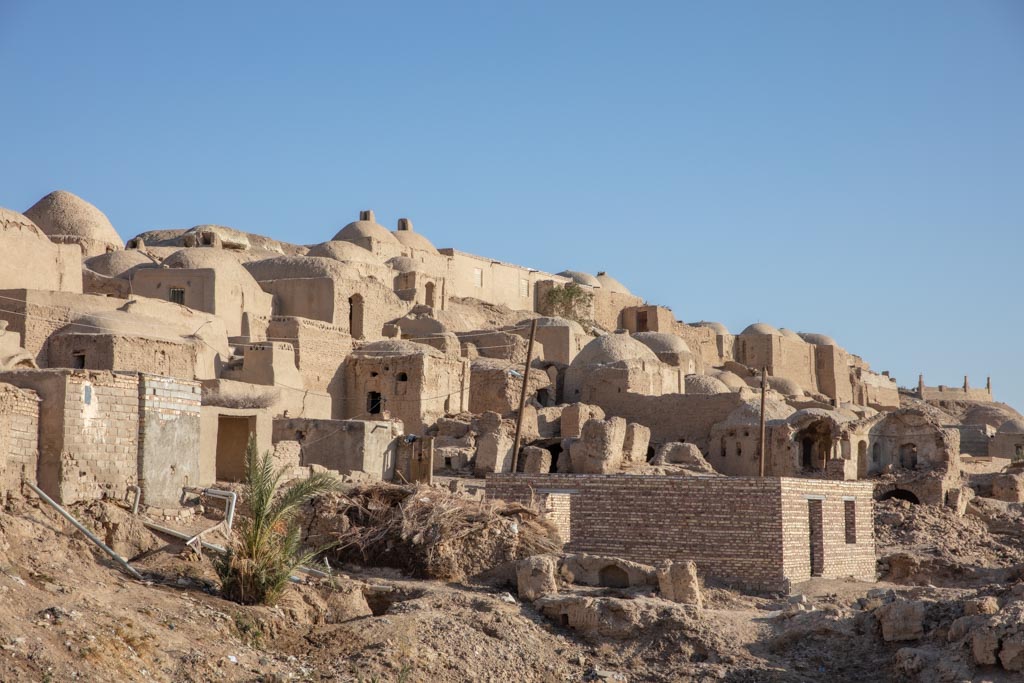
You will inevitably pass through the village of Qala e Now on your way to Dahane e Gholaman. The village is quite picturesque and worthy of a quick stop as you continue south to the ruins of Dahane e Gholaman.
Dahane Gholaman
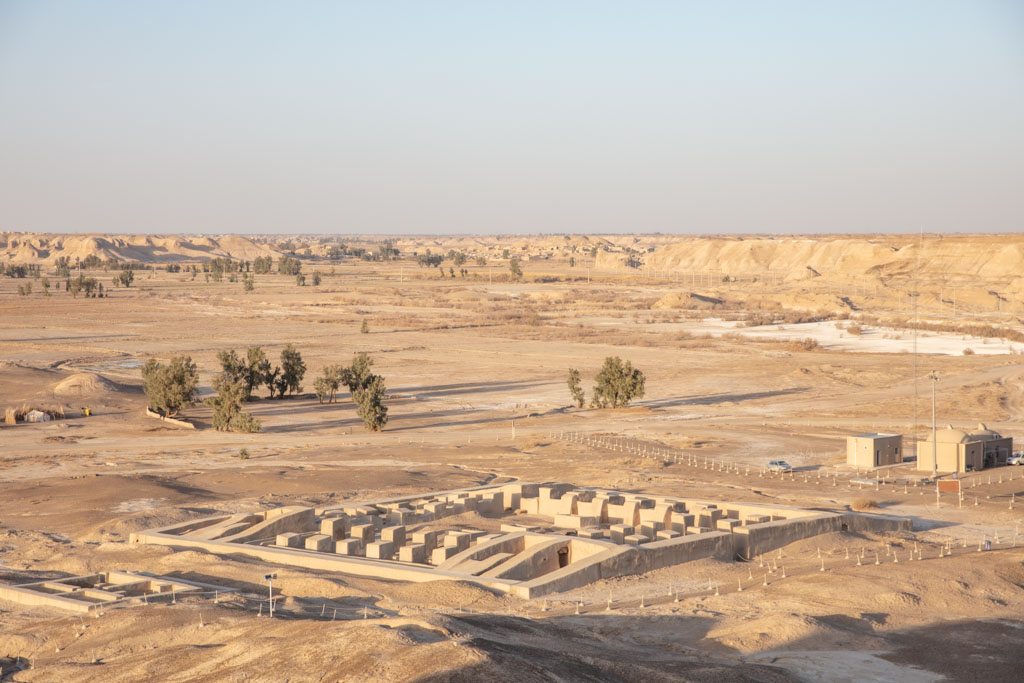
Originally named Zranka, Dahane Gholaman is a major archeological site, belonging to the Achaemenid era, coinciding with the reign of Daris I. The name Dahane Gholaman was eventually adopted after Italian archeologists found the site, meaning the gateway of slaves as this is where slave traders would have brought slaves from the African continent to Iran.
The ancient citadel features several different sections scattered around an area and was thought to have been used for about 150-200 years, being suddenly evacuated following the drying (and thus shrinking) of the Helmand River.
A must after visiting the ruins of Dahane Gholaman is to climb the hill near the main section of the citadel. From up top, you’ll have epic panoramic views of the dazzling Chah Nimeh Reservoirs that sit on either side of the narrow straight that Dahane Gholaman sits. You can also see eastward into Afghanistan’s Nimruz Province from up here.
One cool thing to note is that there are countless little ruins of temples and fortresses that can be found scattered around this general area as you leave the main Zabol-Zaranj Highway toward Dahane Gholaman.
There is a building at the entrance of Darhane Gholaman and a man who worked there took me around the ruins. I would think there is some entrance fee to visit (my guess would be in the $1-2 USD range) but I was never asked for any payment.
How to get to Dahane Gholaman & Qala Now
The best option is hiring a taxi to take you around the Dahane Gholaman area and back to Zabol as a day trip. Likely a roughly $10 USD trip.
Getting Around in Sistan & Balochistan
Getting around in Sistan and Balochistan Province will mostly be done by bus and savari if you’re cracking away at this on your own.
Easier and giving a lot more flexibility is to hire a local guide from the region, especially from around Chabahar (search around Instagram or ask in the See you in Iran Facebook group and you’ll find someone before long) who can design customized trips around the province for you. Iranian companies such as Tappersia can also create custom tours of the region.
Cuisine in Sistan & Balochistan
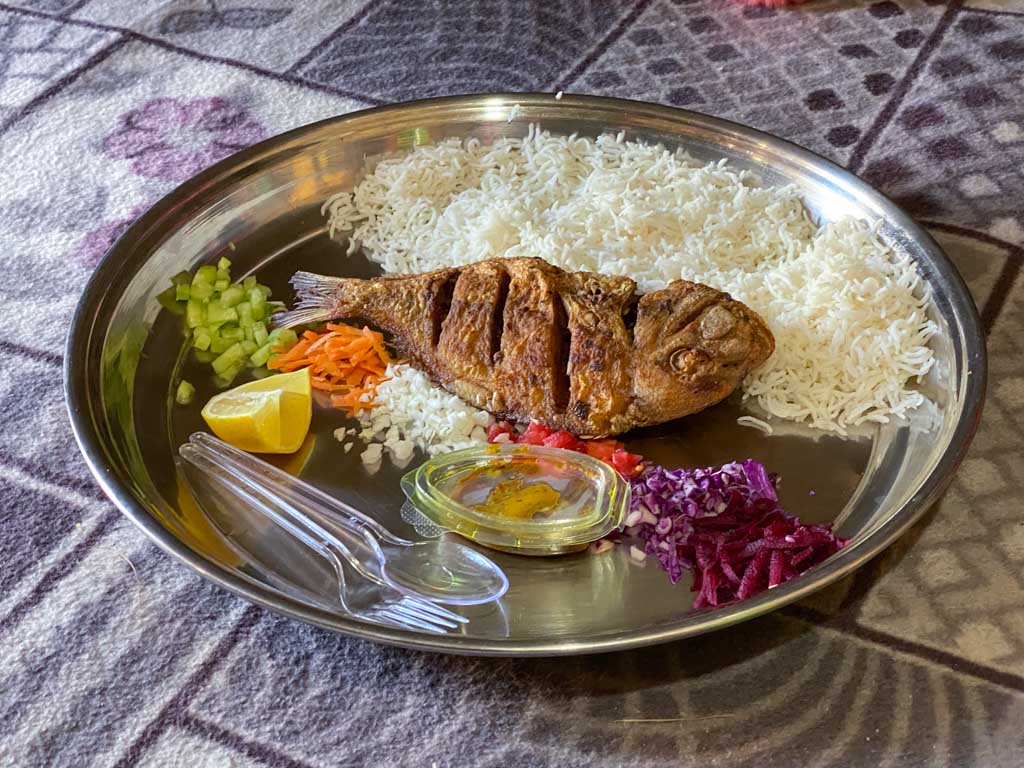
Given the region’s proximity to Afghanistan and Pakistan, as well as its long coastline, you can expect food to share some spicy similarities with southern Afghanistan and Pakistani Balochistan, and there to be a lot of mahi (fish) and maygoo (shrimp) on offer. The cuisines of both the Sistani and Baloch people are essentially unknown to most Iranians, as I noticed that most had never seen or heard of any of the dishes hailing from the region- even ones that are widely known across several countries such as karahi and biryani- which is too bad as I found the food of Sistan and Balochistan to be some of my favorite from Iran.
Sistani Cuisine
Kashk Zard: Is a broth made of onion, water, and yellow kashk (more or less kurut- the ubiquitous dried yogurt balls found throughout Central/South Asia). It’s a simple dish but is a Zaboli staple.
Soozi: Soozi is a green leafy herb/vegetable that only grows in the Sistan and Balochistan region in Iran. It’s a popular ingredient in egg dishes like omelets in the area.
Abgoosht e Zaboli: Abgoosht e Zaboli is the Sistani twist on the widely eaten in Iran abgoosht or dizi. Abgoosht is a stew of meat (usually lamb), tomato, potato, and a locally found herb called achar.
Oujizak: Oujizak is a vegan/vegetarian-friendly dish of cooked potato, tomato, onion, and achar.
Baloch Cuisine
Lanjoo: Lanjoo is a fish stew dish that you can find along the Balochistan coast. It’s a stew made typically in two different ways, one is a water-based stew, and the other features a doogh (yogurt) based stew. The stew is then combined with fried onions and spices, and lastly, fish.
Batmash: A popular dish especially during Ramadan time, Batmash is a mixture of boiled mung beans, fried onion with rice added to it, and served with a splash of oil over it.
Mahi: Not necessarily a Baloch dish per see as you’ll find this served up in most any coastal area of Iran. Mahi is the word for fish in Farsi, and typically if you just order mahi at a restaurant you’ll get a perfectly fried fish with a heaping side of rice.
Maygoo: Like mahi, maygoo isn’t a dish strictly bound to Balochistan, but you will find lots of it out here. Maygoo is the word for shrimp. Much like mahi, you’ll usually be served your maygoo fried and with a plop of rice.
Karahi: Karahi is both the name of the dish as well as the name of the pan it’s cooked in. Anyway, it’s a delicious curry-type dish of meat stir-fried in a tomato-chili base. This is also a popular dish in Afghanistan, Pakistan, and India too (so I won’t even try to speculate who it belongs to and spark off a karahi war). Chicken karahi is my personal favorite, but I’ve also had it with beef, lamb, and mutton.
Biryani: Biryani is a fragrant rice and meat dish featuring an array of spices. Much like Karahi, it’s a much-loved and popular dish in Afghanistan, Pakistan, and India as well.
Pakora: Pakora is a popular street food in Sistan and Balochistan, India, and Pakistan that you can find in stalls and bazaars all over. It’s a fritter usually packed with vegetables and spices that are deep-fried to perfection.
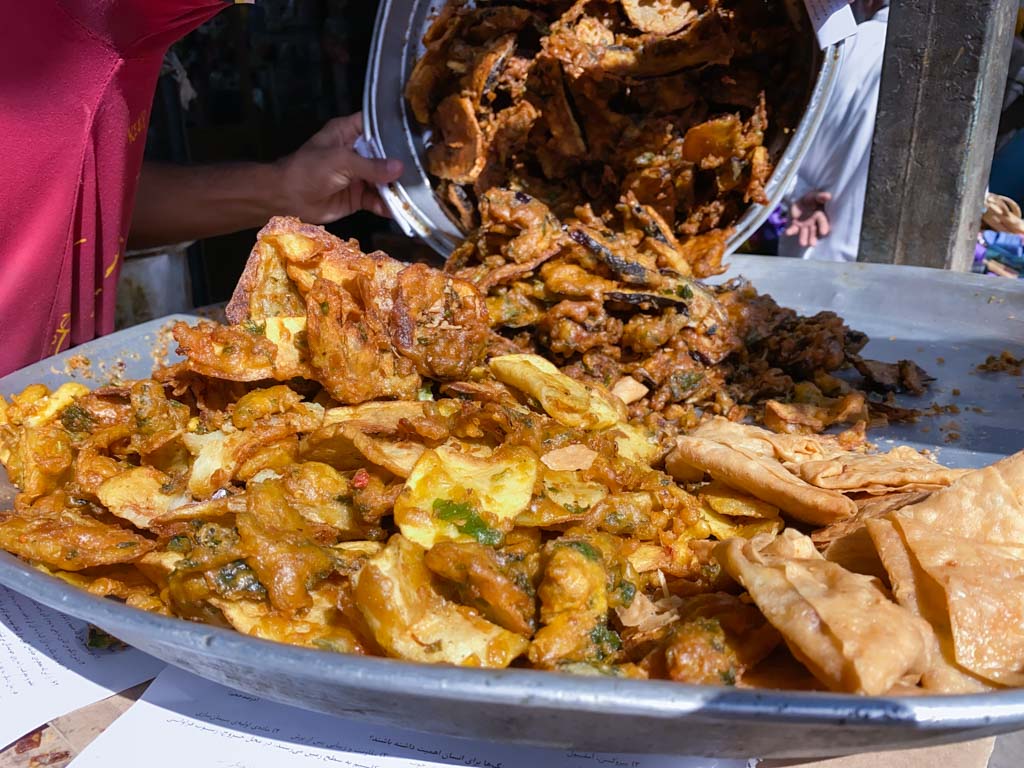
Digchah: Digchah is a dish of skewers meat cooked inside a tanoor oven and typically served with either rice or naan.
Ladoo: Ladoo is a desert-like snack featuring dates, wheat, and sesame mashed together and rolled into balls.
Shirchai: Shirchai is served up in several countries in South and Central Asia, though I was surprised that the Iranians I was traveling with in the south of Balochistan had never had it before. It’s just tea and milk, though here they serve shirchai sweetened with sugar or honey, unlike its salty counterpart in Tajikistan and Afghanistan.
What to Wear in Sistan & Balochistan

The rules in Sistan and Balochistan are the same as they are everywhere else in Iran, meaning women need to wear the hijab (headscarf) and upper arms and legs covered. With that said Sistan and Balochistan is more conservative than most anywhere else you’ll visit in Iran. It’s not uncommon to see women wearing the all-enveloping chador and even some wear the niqab (the veil that leaves only the eyes visible).
But alas, the chador and niqab are not necessary for Sistan and Balochistan, but I would recommend dressing a little more on the conservative side than you would in the rest of Iran. I had packed too warm of clothes as I mostly was traveling in cold areas, so I picked up a somewhat Balochi-looking breezy shalwar kameez from the Chabahar Bazaar. Although if I had a bit more time to shop, I would have picked up a beautiful traditional Baloch style dress (they do some gorgeous stitch work).
You’ll notice too that most men tend to wear the shalwar kameez in Sistan and Balochistan as they do in Afghanistan and Pakistan. Again, not necessary for male travelers here, but if you’re looking to slip into something comfier it may be worth picking up a set at a bazaar.
Safety in Sistan & Balochistan

I will preface this by saying that I never once felt in danger or uncomfortable when I was traveling in Sistan and Balochistan, neither when I was traveling with others or alone- but that doesn’t mean that shit doesn’t happen here, it has in the past.
Read: Solo female travel in Iran
Sistan and Balochistan has a bad reputation, owing to a relatively recent (and on some levels, ongoing) past with the Baloch Insurgency, banditry, opium and gasoline smuggling, and petty crime. The province has become a lot safer than it once was, but it’s still somewhere that you should exercise a little bit more than the usual precautions. With all that said, you’ll hear tales of other travelers going about Sistan and Balochistan without a single problem and hitching rides with the gasoline and opium smugglers and having a great time chatting with them.
In the early 2000s (2000-2010) there were scattered bombings in cities like Zahedan and Chabahar at the hands of the Baloch Insurgency. The insurgency has become a bit less of a threat in recent years, but know that there still is a general movement within Afghanistan, Pakistan, and Iran for a free and independent Balochistan. Seeing that I am not Baloch and I am not from Iran or any other nation that they call home, it’s hard for me to have an opinion on the matter, but I can understand the desire to have your own country.
As far as petty crime goes, I didn’t see it at all in Sistan and Balochistan (or the remainder of Iran for that matter), but it surely goes on. One thing to note is that Sistan and Balochistan is the poorest province in Iran, often neglected by the central government and largely left to fend for themselves- all of which I think has led to the province having the reputation in the rest of the country for crime, petty theft, and banditry.
One thing to note is that many travel insurance companies that cover Iran do not cover travel in Sistan and Balochistan and with some, it may void your policy if they somehow found out you were there.
Checkpoints
As you travel around Sistan and Balochistan you will notice that you pass through many checkpoints. These are mainly just security precautions to help curb insurgency and smuggling and going through them is usually pretty painless. Sometimes they may flick through your passport for a bit, ask you where you’re going/coming from, why you’re there and at worst may want to talk to a contact you have in the next town/city, and sometimes they don’t even check you at all.
So it would be wise to have local contacts in the places you plan to go such as Zahedan, Zabol, Iranshahr, and to a lesser degree Chabahar and other coastal areas, just in case they decide they want to make some phone calls from the checkpoint. Luckily I did not experience this.
Have any questions about this Sistan & Balochistan Travel Guide?
Ask in the comments section below.
Need Travel Insurance For Iran?
Start shopping plans over at 1stQuest as most other travel insurance providers will not cover travel in Iran.


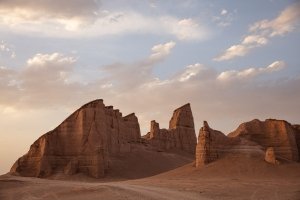




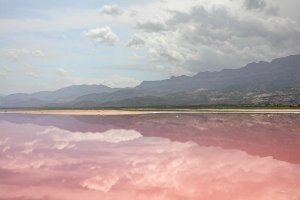
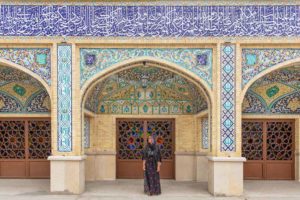



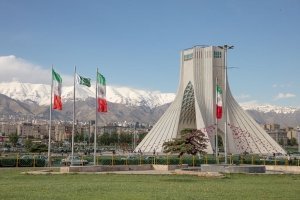



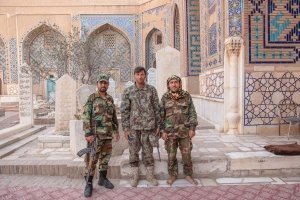
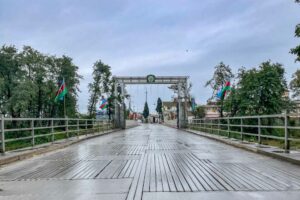
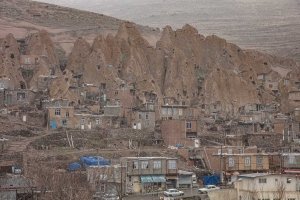

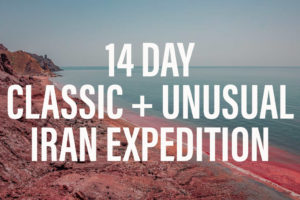

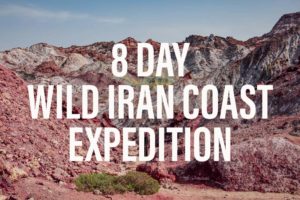

Fantastic trip. I admire you because nothing stops you.
I have been in Iran two times, one month doing the classic itinerary and two months to Mashad, again Isfahan, the West, including the Iranian Kurdistan and the mountains of the N. including the Assasins Valley. I love Iranian people.
Now you have induced me to a new trip in order to follow your steps.
Thank you very much.
Francisco Po Egea
Hi Francisco, I think you’ll love Sistan & Balochistan too, definitely is a spectacular corner of Iran to travel! I think my next venture will be to explore the west and north- there’s so much to see there